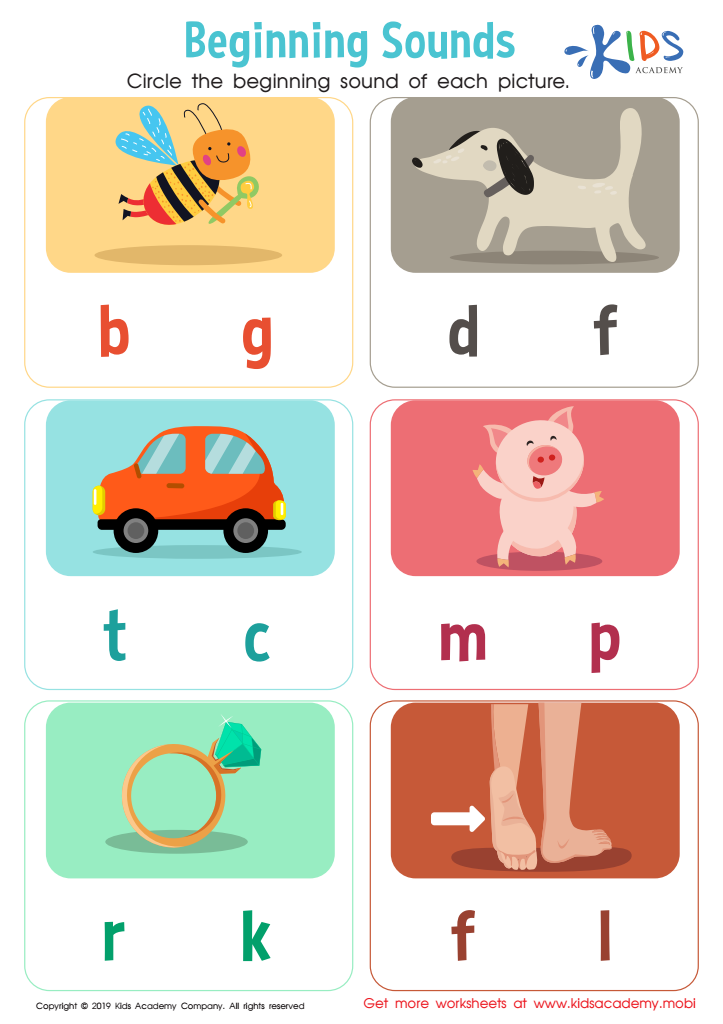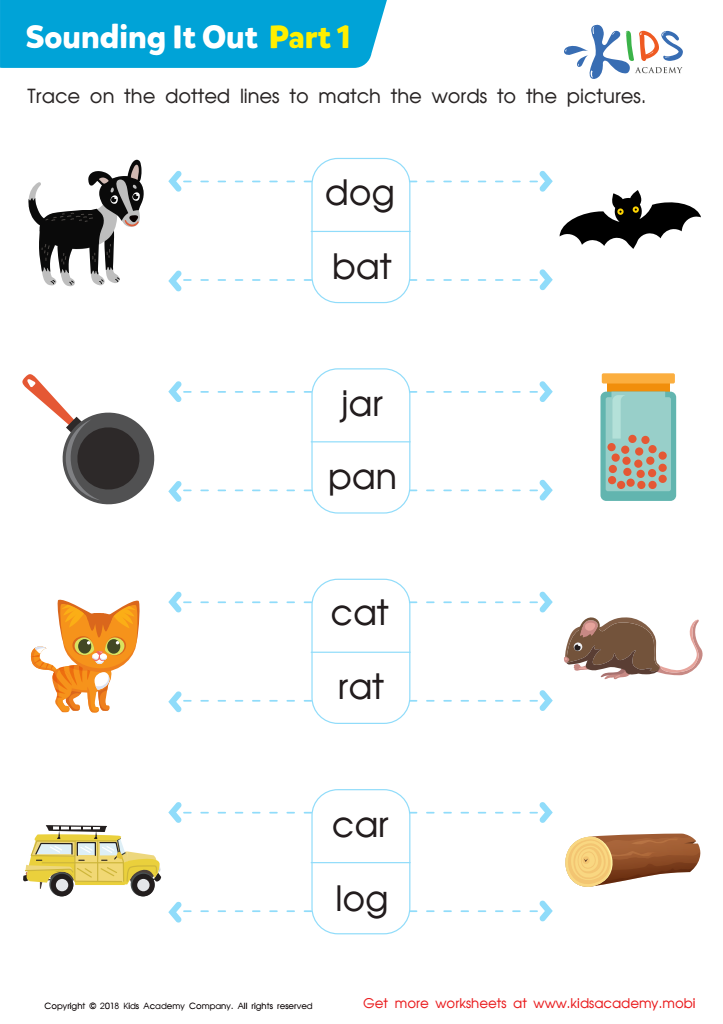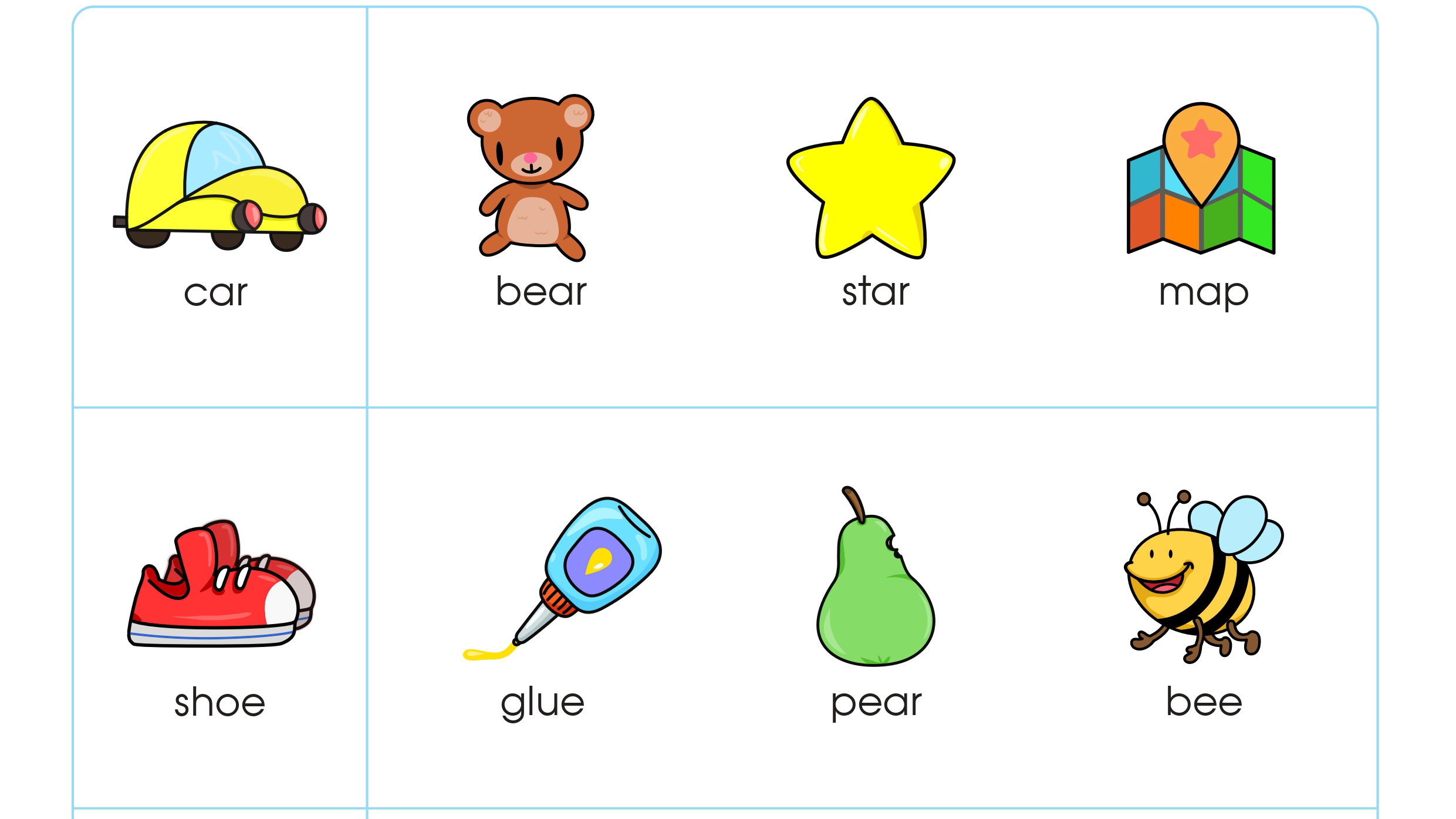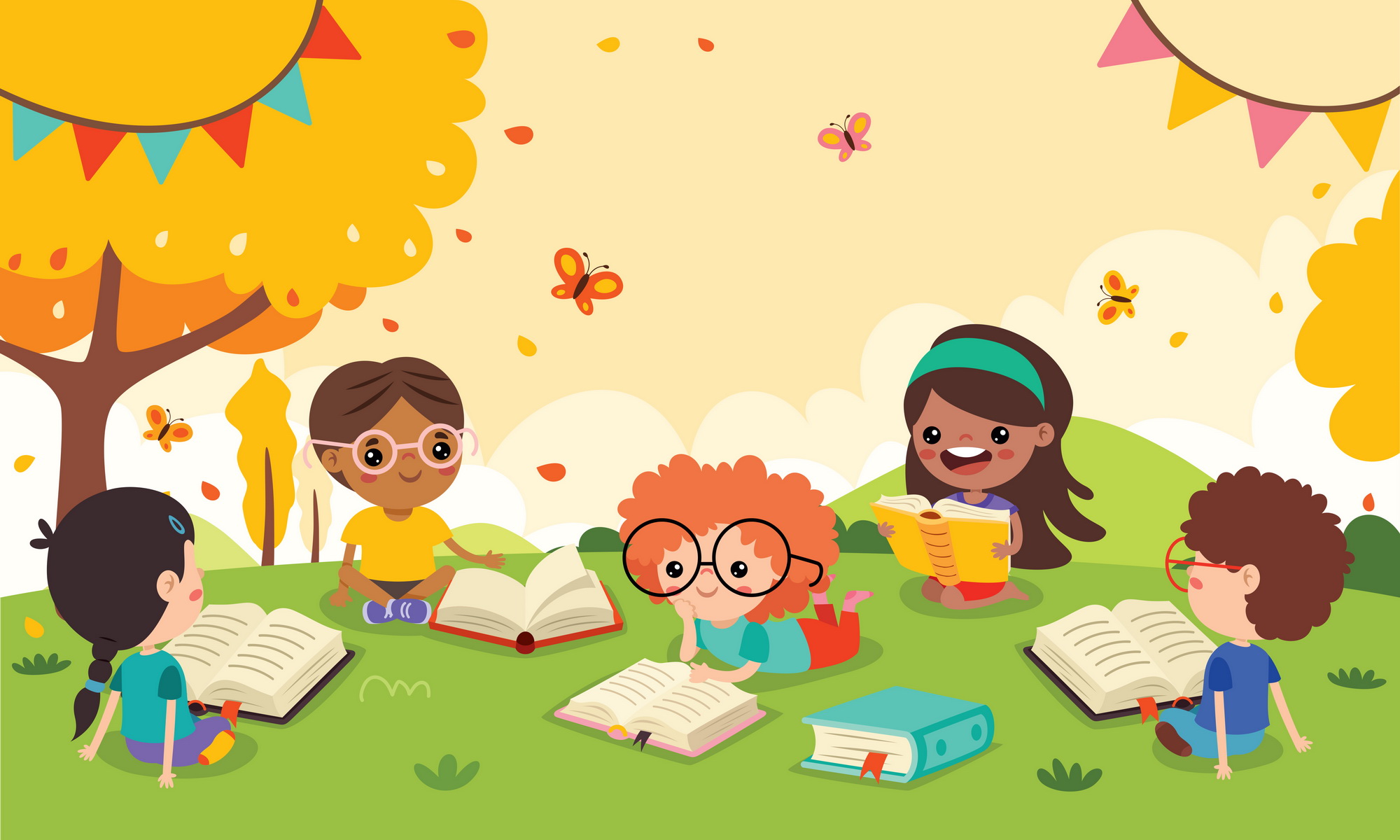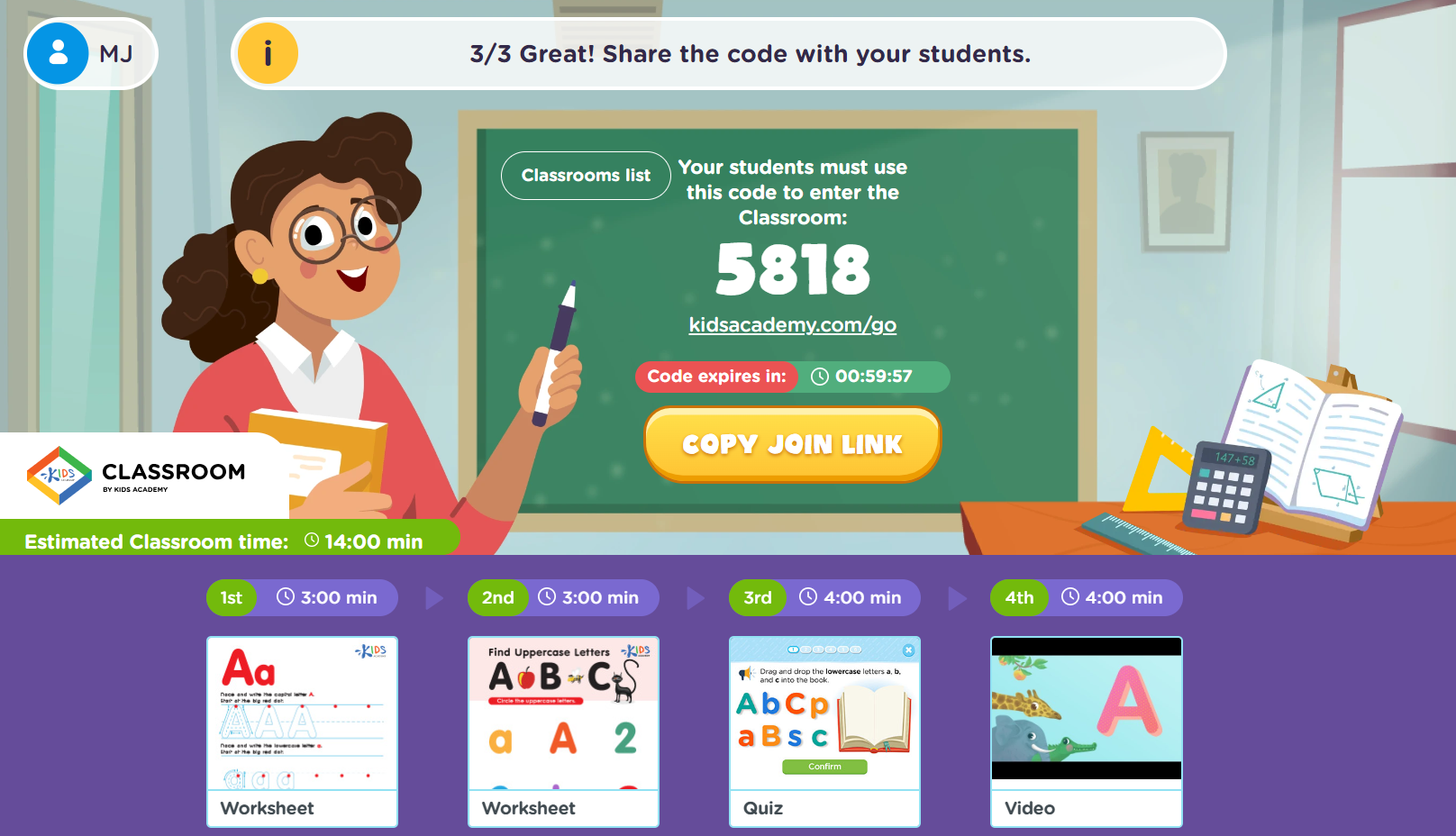Teaching Word Blending to Early Readers
Feb. 15, 2024
As parents and educators, we want what is best for our children’s reading development. For a long time, it was thought that children would pick up on reading skills simply by hearing and seeing words repeatedly. However, research has shown that explicit phonics instruction is critical to the development of strong readers. Phonics begins when children make the connection between symbols (letters) and sounds. Once readers are able to identify the sound(s) that each letter makes, they can begin to break the code of reading! Another critical step in phonics is blending—the ability to combine individual letter sounds to form words. For both teachers and parents, understanding how to teach blending effectively is crucial in supporting children's reading development.
The skill of blending involves smoothly combining individual sounds represented by letters to form words. This part of phonics is essential for decoding words and is a key component of early reading fluency. To be able to blend sounds successfully, children first need to have a strong understanding of consonant sounds as well as short and long vowel sounds. Below are some clickable examples of online preschool and kindergarten reading worksheets that are great for developing letter-sound correspondence.
Once your reader has become fluent in the sounds that each letter makes, they are ready to blend those sounds into words! Here are a few strategies that can be done with beginning readers to foster their love of reading and build their blending capabilities.
- Begin with oral blending activities where you say a series of sounds and then your child works to blend them together to form a word (e.g., /c/ /a/ /t/ becomes "cat"). Starting with short words that follow the consonant, vowel, consonant (cvc) pattern is the perfect place to start.
- Encouraging your child to tap out each sound using their fingers, pop-it toys, or moving small blocks is a great way to connect sounds to letters.
- Use a variety of hands-on-materials like letter cards or magnetic letters to represent sounds visually, allowing your reader to physically build words and then blend the sounds. Encourage students to point to each sound as they say it before blending the sounds together. Whiteboards and dry erase markers are also great tools to help students write and then blend letter sounds.
- Model blending by demonstrating how to smoothly combine sounds to read words aloud.
- Incorporate multisensory activities such as singing songs and playing games. This video is a fun way to engage your child in practicing their reading skills:
Reading does not just happen in isolation at school in a reading group or practicing letter sounds and blending- authentic reading opportunities are extremely important to reading development. Read regularly to your child, emphasizing word blending by pronouncing sounds clearly and smoothly blending them together. As you read, encourage them to point out letters and make their sounds. When they are ready, ask them to blend simple words in the text you are reading together.
In the home or classroom, create a print-rich environment for your budding reader. Label everything! Surround your child with written language through labels, signs, and print-rich materials at home. Point out words when you are out at the grocery store, or on the milk jug at breakfast and encourage your child to identify and blend them.
Mastering the skill of blending letters to read words is a crucial milestone in a child's journey toward becoming a confident reader. Support your reader on their journey by using the strategies mentioned in this article. Remember that building reading skills takes time, and repetition leads to mastery.. Be sure to celebrate when your child successfully blends a new word and encourage them to try again when they make a mistake. With a little patience, and these strategies, you can empower your child to develop strong phonics skills and unlock the joy of reading.


